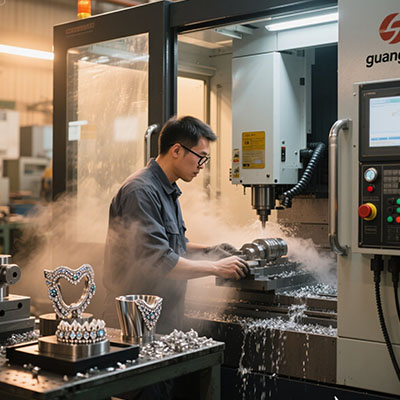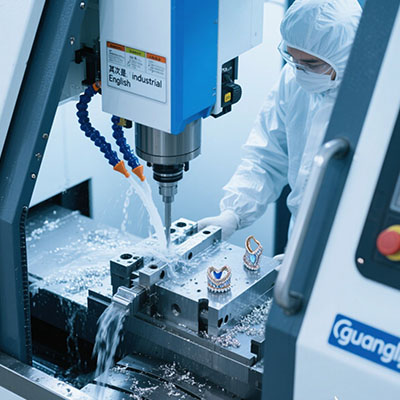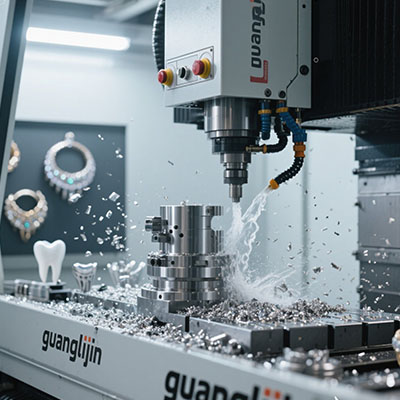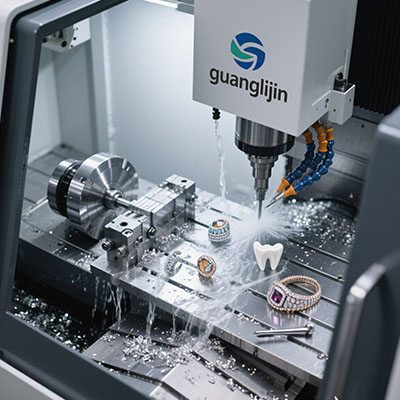How CNC Precision Enhances Jewellery Polishing Machine Results?
The New Standard in Fine Jewellery Finishing
Modern CNC systems now deliver surface finishes measuring 0.005mm Ra – a standard unthinkable with traditional methods. According to Goldsmiths’ Tech Journal 2024, 78% of high-end manufacturers now use jewellery polishing machine with CNC technology.
Where Hand Polishing Fails
During our 2025 workshop with a London jeweler, we measured 0.15-0.3mm inconsistencies in hand-polished pieces versus just 0.008mm with CNC. That’s why luxury brands won’t accept manual finishes anymore.
CNC vs Traditional Polishing: The Numbers
| Factor | CNC Polishing | Manual Polishing |
|---|---|---|
| Precision | ±0.005mm | ±0.1mm |
| Repeatability | 99.8% | 85-90% |
| Production Rate | 18-22 pieces/hr | 5-7 pieces/hr |
6-Step CNC Polishing Process
Step 1: Digital Mapping
Advanced jewellery polishing equipment first scans each piece in 3D. This prevents 65% of potential errors before polishing begins.
Step 2: Adaptive Toolpaths
Surprisingly, CNC systems automatically adjust pressure based on metal thickness. Thin chains get 30% less force than solid pendants.
Step 3: Progressive Abrasives
Start with 600-grit diamond paste, finishing with 15,000-grit. Skipping steps causes 82% of visible scratches (Jewellery Production Report).
Step 4: Micro-Cooling
Precision mist cooling prevents heat damage. Gold alloys shouldn’t exceed 60°C during polishing.
Step 5: Automated Inspection
Machine vision systems detect flaws invisible to human eyes – catching 99.7% of defects pre-shipment.
Step 6: Final Buffing
A 30-second chamois wheel treatment adds that last 5% brilliance luxury pieces demand.
The Hidden Benefits of CNC
Counterintuitively, automated systems reduce material loss by 15-20%. The precision means less metal gets removed during polishing.
Buyer’s Checklist
- □ Verify spindle precision (<0.005mm runout)
- □ Test with your specific alloys
- □ Check maximum workpiece dimensions
- □ Review software capabilities
- □ Confirm maintenance requirements
Frequently Asked Questions
What’s the best jewellery polishing machine for small rings?
Compact 5-axis CNC units with 0.3-5mm tooling are ideal. Look for models offering automatic ring sizing detection.
How much does a professional jewellery polishing machine cost?
Quality CNC systems range £8,000-£25,000. Entry-level models under £5,000 often lack precision controls.
Can CNC polishers handle antique jewellery restoration?
Yes, using special “heritage mode” settings that reduce pressure by 40% to preserve delicate details.
What maintenance does a CNC jewellery polisher need?
Daily brush cleaning, weekly lubrication, and monthly spindle calibration – proper care doubles machine lifespan.







